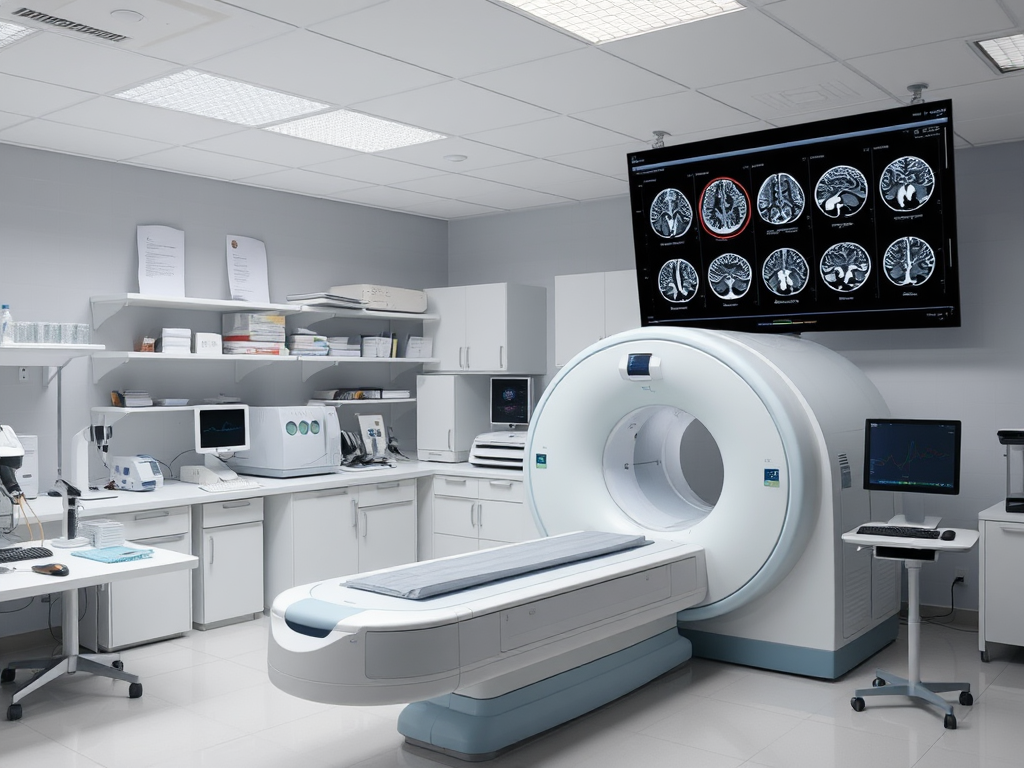Heart Rate Variability (HRV) is physiological marker that provides insight into the autonomic nervous system’s functioning and overall heart health. It reflect the body’s ability to adapt to stressors and maintain homeostasis by returning to balanced state.
What is Heart Rate Variability?
Heart Rate Variability is defined as the physiological phenomenon of variation in the time interval between heartbeats. Unlike a steady heartbeat, HRV indicates how well the heart is responding to various stimuli, including stress, physical activity, and relaxation. A higher HRV generally signifies a healthier autonomic nervous system, indicating the body’s ability to respond to stressors effectively.
How is HRV Measured?
HRV is typically analyzed using time-domain, frequency-domain, or non-linear methods, each offering different insights into autonomic function.
Factors Influencing HRV
Several factors can influence HRV, including:
- Age: HRV tends to decrease with age, reflecting changes in the autonomic nervous system and overall health.
- Fitness Level: Individuals who engage in regular physical activity often exhibit higher HRV, indicating better cardiovascular fitness and resilience.
- Stress and Emotion: Psychological stress, anxiety, and negative emotions can lower HRV, while practices like mindfulness and relaxation techniques can enhance it.
- Sleep Quality: Good quality sleep is associated with higher HRV, while sleep deprivation can lead to a decrease.
- Health Conditions: Chronic illnesses, such as diabetes, cardiovascular disease, and respiratory conditions, can negatively affect HRV.
HRV offers valuable insights into the balance between the sympathetic (fight or flight) and parasympathetic (rest and digest) branches of the autonomic nervous system. A higher HRV indicates a dominant parasympathetic activity, which is associated with relaxation and recovery, while lower HRV suggests increased sympathetic activity, often linked to stress and anxiety.
In addition, monitoring HRV can help individuals identify their stress levels and triggers. By practicing stress-reduction techniques, such as deep breathing, meditation, or yoga, individuals can enhance their HRV and promote better emotional well-being.
How to Improve HRV
Improving HRV involves lifestyle changes and practices that promote overall health and well-being:
- Regular Exercise: Engaging in aerobic and strength-training exercises can enhance cardiovascular health and boost HRV.
- Stress Reduction: Techniques such as mindfulness meditation, yoga, and deep breathing exercises can help lower stress levels and improve HRV.
- Adequate Sleep: Prioritizing good sleep hygiene and ensuring sufficient restorative sleep can positively impact HRV.
- Hydration and Nutrition: A balanced diet rich in antioxidants, omega-3 fatty acids, and proper hydration can support heart health and, in turn, HRV.
- Avoiding Excessive Alcohol and Smoking: Limiting alcohol intake and avoiding smoking can improve cardiovascular health and HRV.







